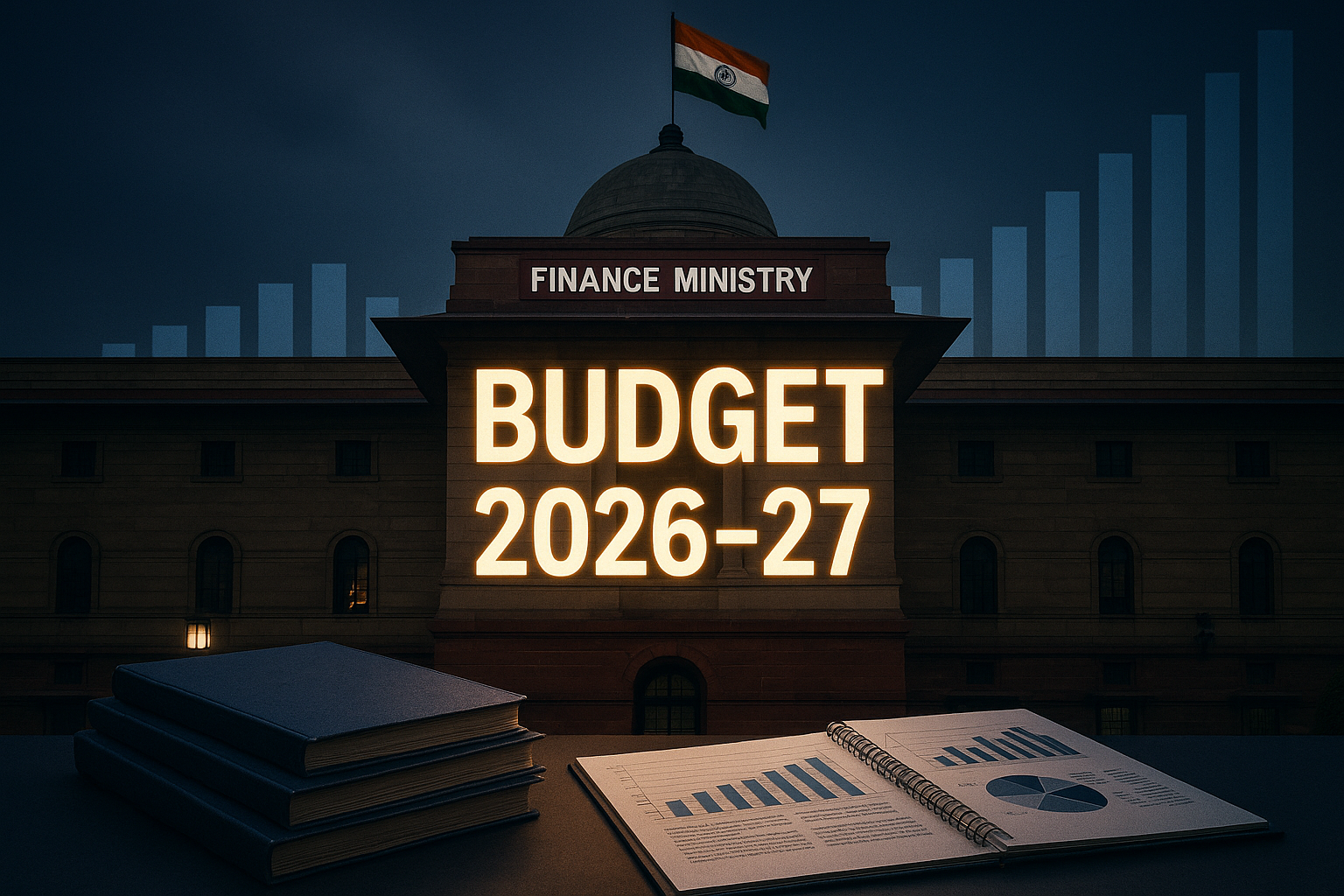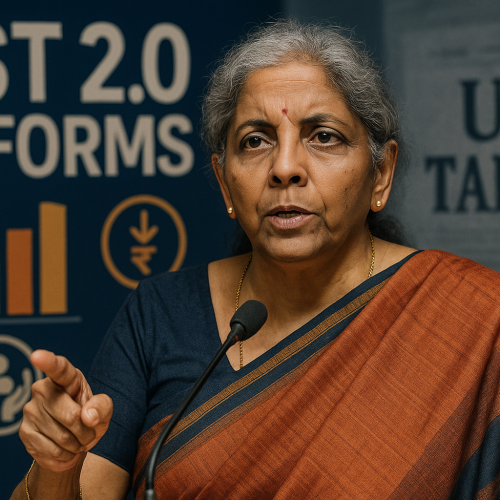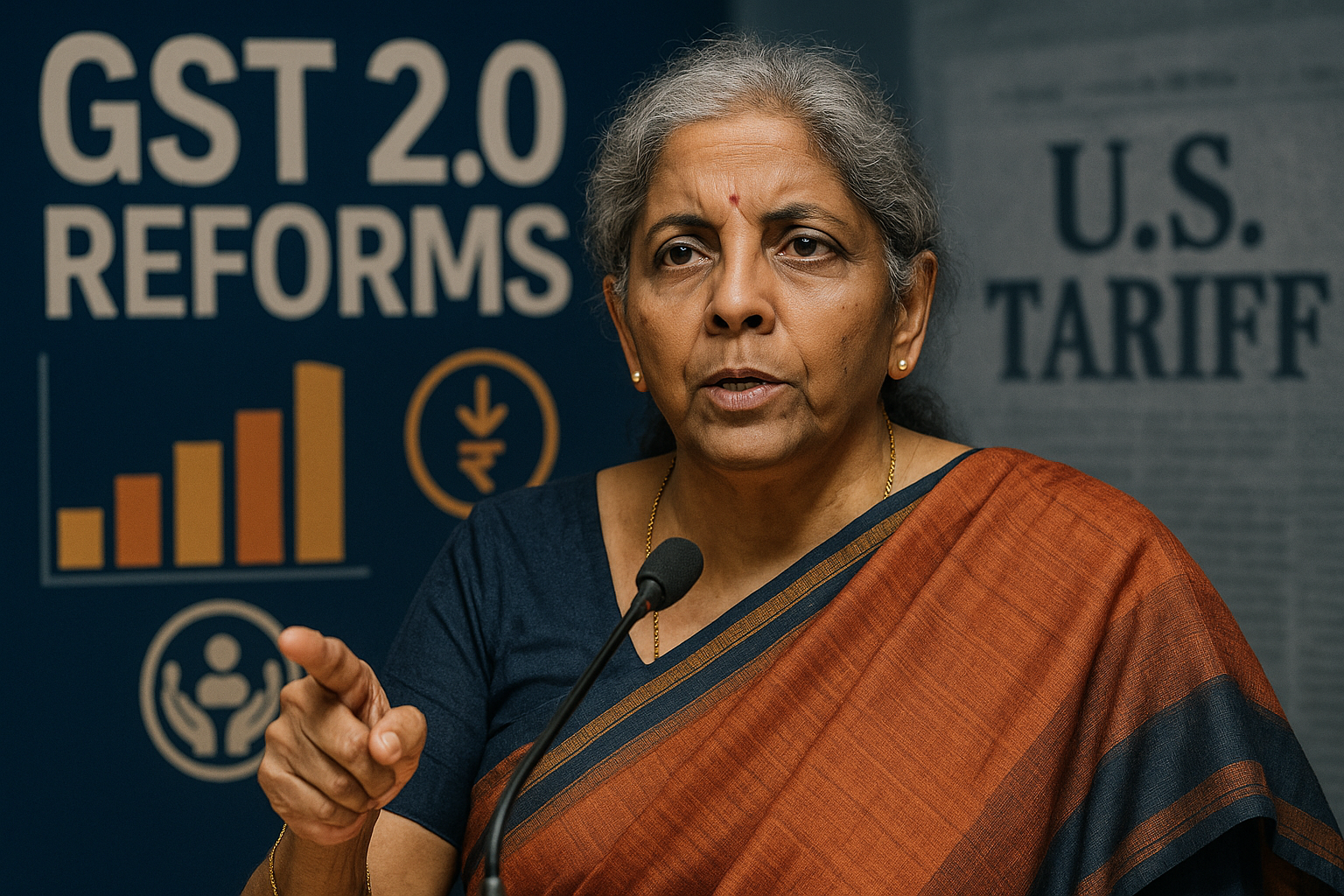The Finance Ministry has announced that preparations for the Union Budget 2026–27 will begin on October 9, marking the start of a multi-stage exercise to shape India’s fiscal priorities for the next financial year.
This process comes at a crucial time as India balances growth imperatives with fiscal discipline, while also addressing global economic headwinds and domestic demands for tax reforms, welfare spending, and investment in infrastructure.
Core Development
Budget-making in India is a structured process, beginning months before the presentation in Parliament. The Finance Ministry’s announcement signals the start of inter-departmental consultations, revenue-expenditure forecasts, and inputs from ministries, states, and industry bodies.
The early stages will include revenue mobilization strategies, subsidy allocations, and capital expenditure planning, alongside efforts to keep the fiscal deficit aligned with the government’s medium-term roadmap.
Policy and Economic Context
The 2026–27 Budget will be prepared against the backdrop of global uncertainties such as trade tensions, oil price fluctuations, and slowing growth in key economies. Domestically, policymakers must address rising welfare costs, uneven tax buoyancy, and the need for continued infrastructure spending.
With elections behind, this Budget is expected to focus more on structural reforms and medium-term fiscal consolidation, while still providing support to sectors critical for employment and growth.
Key Drivers of the Exercise
The main drivers of Budget 2026–27 will include revenue performance from GST and direct taxes, expenditure efficiency, and strategies for boosting investment. The government is also expected to advance its disinvestment and asset monetisation agenda to strengthen non-tax revenues.
Additionally, global supply chain shifts and India’s ambition to attract FDI will play a role in shaping policy incentives, especially in manufacturing, fintech, and renewable energy sectors.
Stakeholder Impact
For businesses, the Budget preparation marks the start of lobbying for tax incentives and sectoral support. For states, it raises expectations of continued fiscal transfers and infrastructure allocations. For citizens, the focus will be on relief measures such as rationalised taxes, job creation schemes, and welfare support.
Industry and Policy Reactions
Industry bodies have already begun outlining pre-Budget recommendations, ranging from tax simplification to sector-specific incentives. Policy experts stress that this Budget will be closely watched for signals on fiscal consolidation, debt management, and long-term economic vision.
Challenges and Risks
Key challenges include managing fiscal deficit targets amid rising expenditure, ensuring stable revenue inflows, and aligning welfare spending with growth priorities. Volatility in global markets and potential disruptions in trade could add further uncertainty to fiscal planning.
Strategic Outlook
The 2026–27 Budget is likely to set the tone for India’s medium-term growth trajectory. With structural reforms, digital governance, and capital investment at the core, the Budget could strengthen India’s position as one of the fastest-growing major economies while maintaining fiscal stability.
Why This Matters
The Union Budget remains India’s most significant economic policy event. Its preparation shapes decisions that impact every stakeholder — from households and businesses to investors and global partners. Starting the exercise early signals the government’s commitment to balancing growth, stability, and fiscal responsibility as India advances toward its $5 trillion economy goal.












